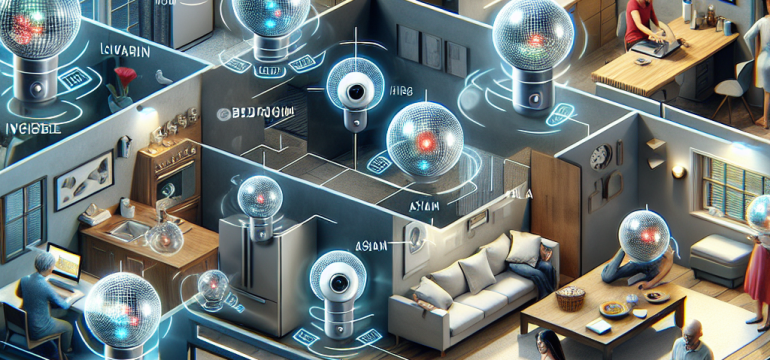InfiMotion
Elevator Pitch: Imagine a world where your home understands you without watching you, where healthcare providers know how to care for elderly patients without intruding on their privacy. InfiMotion brings this world to life with our innovative, infrared-based human activity recognition technology. Offering unparalleled privacy, accuracy, and affordability, we’re setting a new standard for smart homes and healthcare monitoring.
Concept
A privacy-focused, low-cost human activity recognition (HAR) system for smart homes and healthcare using infrared technology.
Objective
To provide a seamless, non-intrusive way of monitoring and recognizing human activities in different environments, enhancing smart home functionalities and healthcare monitoring with privacy and accuracy.
Solution
Leveraging low-resolution infrared sensors and semi-supervised cross-domain neural networks (SCDNN) for high-accuracy, environment-independent human activity recognition.
Revenue Model
Direct sales to smart home manufacturers, subscription-based models for healthcare providers for continuous monitoring and data analytics services.
Target Market
Smart home technology manufacturers, healthcare institutions, and elderly care facilities.
Expansion Plan
Initially launch in smart home markets with subsequent expansion into healthcare, leveraging partnerships with healthcare tech companies and research institutions for further innovation.
Potential Challenges
Data privacy and security concerns, ensuring cross-domain adaptability and user acceptance.
Customer Problem
The need for a low-cost, accurate, and privacy-preserving method of recognizing human activities in diverse environments.
Regulatory and Ethical Issues
Compliance with data protection laws (e.g., GDPR, HIPAA) and ensuring the system does not discriminate or bias against certain user demographics.
Disruptiveness
InfiMotion offers a unique value proposition by providing high privacy, low cost, and adaptability to different environments, challenging current methods that often require high-resolution cameras or wearable devices.
Check out our related research summary: here.



Leave a Reply